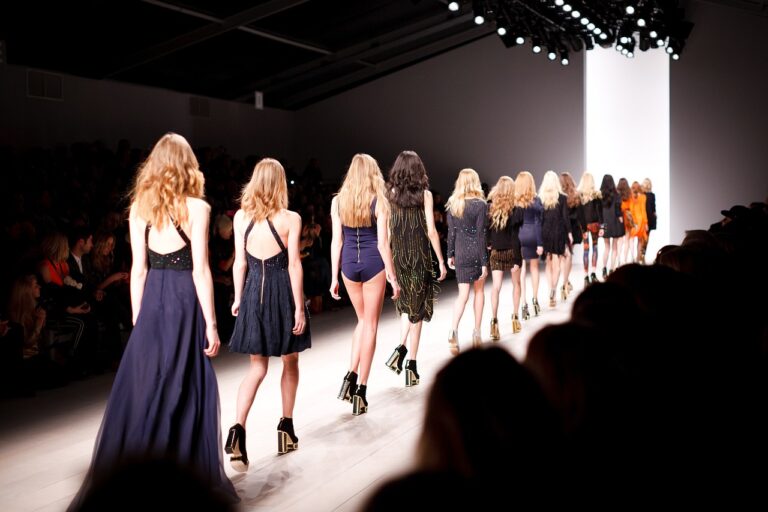Exploring the Fashion Industry’s Response to the COVID-19 Pandemic
The global fashion industry has experienced unprecedented challenges in the wake of the COVID-19 pandemic. With lockdowns and restrictions in place, many businesses were forced to shut down temporarily, leading to significant financial losses. The closure of physical retail stores and the cancellation of fashion events further compounded the industry’s struggles, resulting in widespread disruptions to the supply chain.
As consumer priorities shifted towards comfort and necessity during the pandemic, the demand for traditional fashion items like formal wear and luxury goods saw a decline. Instead, there was a noticeable increase in the popularity of loungewear, activewear, and other comfortable apparel suitable for staying at home. This shift in consumer behavior has prompted many fashion brands to rethink their product offerings and marketing strategies to adapt to the changing needs and preferences of their customers.
Shifts in Consumer Behavior and Shopping Habits
Consumer behavior and shopping habits have undergone significant changes in response to the COVID-19 pandemic. With restrictions on in-person shopping and concerns about health and safety, online shopping has surged in popularity. Many consumers now prefer the convenience and contactless nature of online shopping, leading to a notable increase in e-commerce sales across the globe.
Additionally, there has been a shift towards more value-driven and practical purchases. As people focus on essentials and necessities during uncertain times, there has been a decline in discretionary spending on luxury items and non-essential goods. Consumers are now prioritizing functionality, comfort, and durability in their purchases, reflecting a more pragmatic approach to shopping in the current landscape.
Online shopping has surged in popularity due to restrictions on in-person shopping and concerns about health and safety
E-commerce sales have seen a notable increase globally
Consumers are prioritizing convenience and contactless nature of online shopping
There has been a shift towards more value-driven and practical purchases
Decline in discretionary spending on luxury items and non-essential goods
Consumers are prioritizing functionality, comfort, and durability in their purchases
Pivoting to Produce PPE and Essential Items
The COVID-19 pandemic brought unprecedented challenges to the fashion industry, prompting many companies to pivot their production to essential items such as personal protective equipment (PPE). As supply chains were disrupted and demand for traditional fashion products plummeted, businesses needed to adapt quickly to survive in the changing landscape. This shift not only allowed fashion brands to contribute to the global fight against the virus but also helped them stay afloat during uncertain times.
Some fashion houses redirected their manufacturing capabilities to produce face masks, hand sanitizers, and other necessary items in response to the shortages faced by frontline workers and the general public. By leveraging their resources and expertise, companies were able to support healthcare workers and meet the surging demand for essential goods. This strategic pivot not only showcased the industry’s resilience but also highlighted its ability to respond effectively to the needs of society in times of crisis.
How has COVID-19 impacted the fashion industry?
The COVID-19 pandemic has significantly disrupted the fashion industry, leading to store closures, supply chain disruptions, and changes in consumer behavior.
What shifts have been observed in consumer behavior and shopping habits?
Consumers have been prioritizing comfort and functionality over style, opting for more casual and leisurewear. There has also been a rise in online shopping and a focus on essential items.
How are fashion companies pivoting to produce PPE and essential items?
Many fashion companies have shifted their production to produce personal protective equipment (PPE) such as masks and gowns, as well as essential items like hand sanitizer and hygiene products to help meet the demand during the pandemic.
Why is it important for fashion companies to pivot to produce PPE and essential items?
By pivoting to produce PPE and essential items, fashion companies can help meet the urgent needs of healthcare workers and the general public during the pandemic, while also staying relevant and contributing to the greater good.







